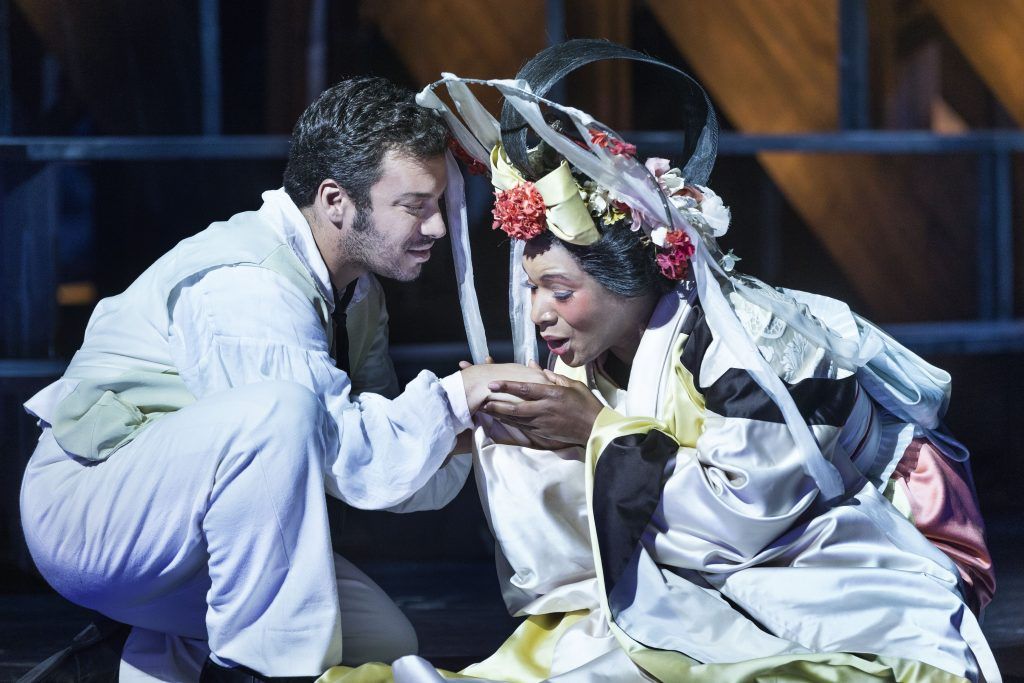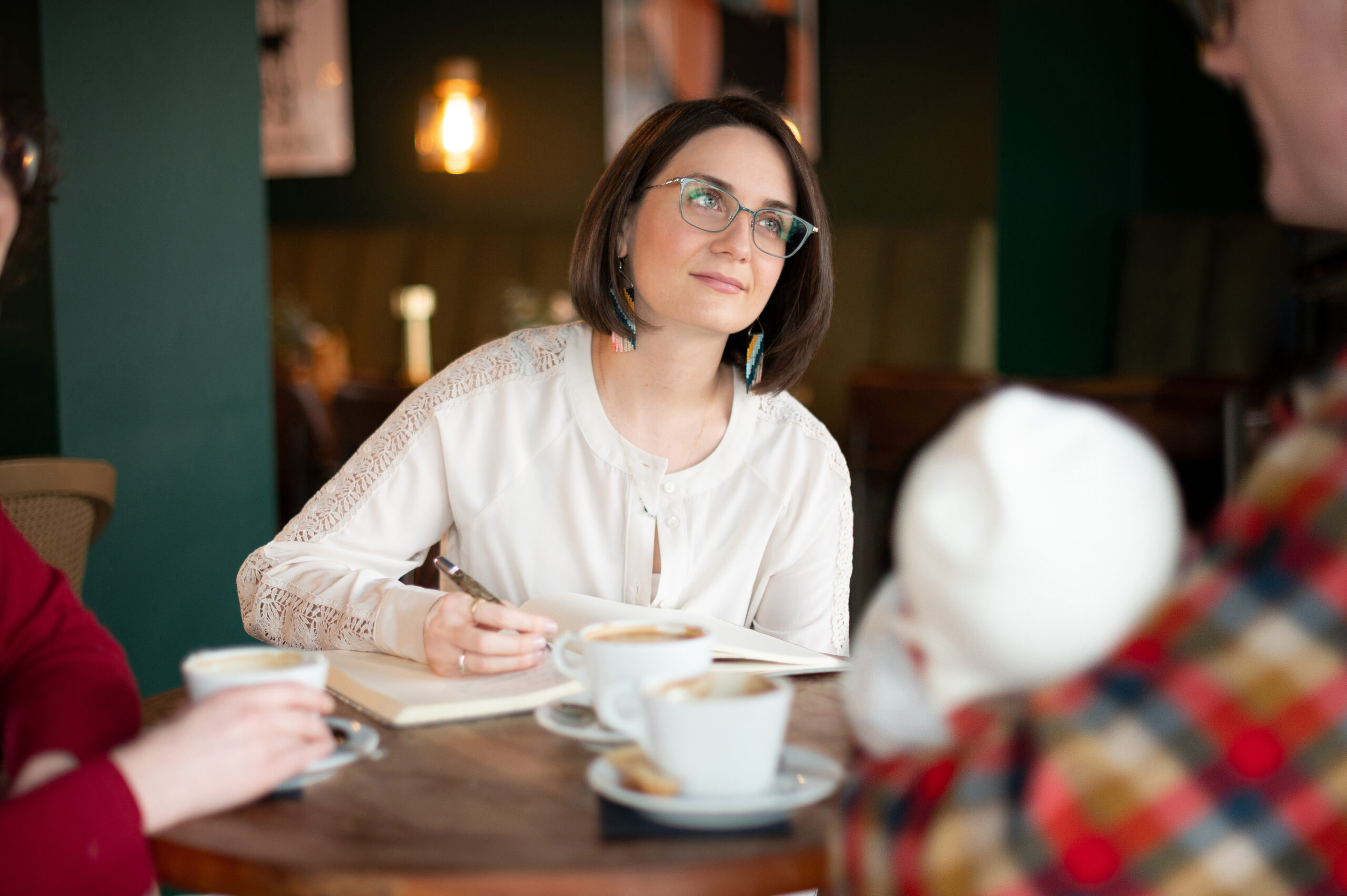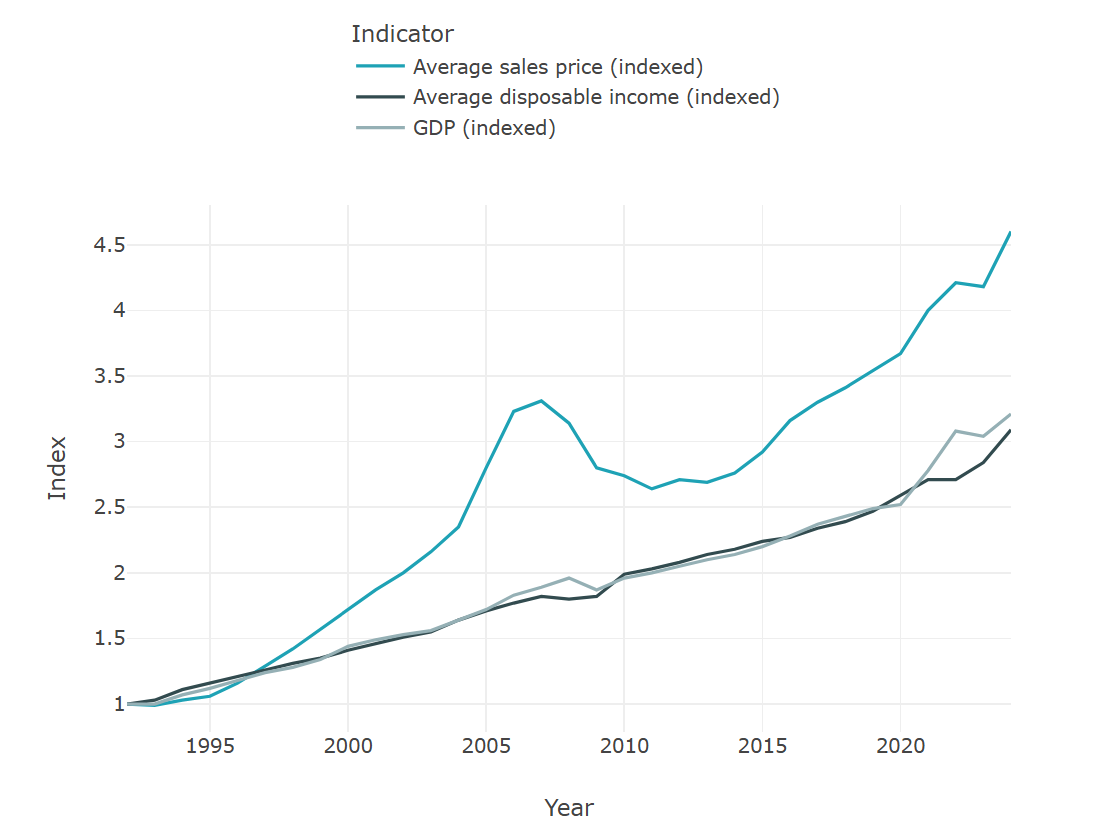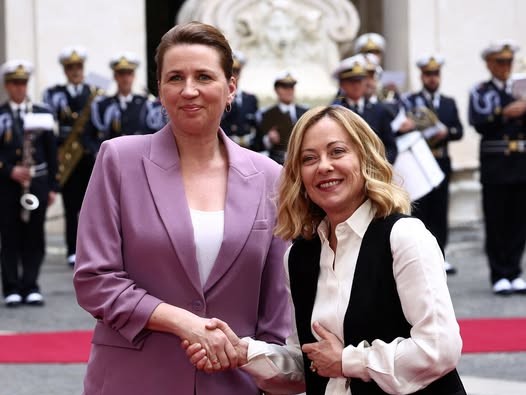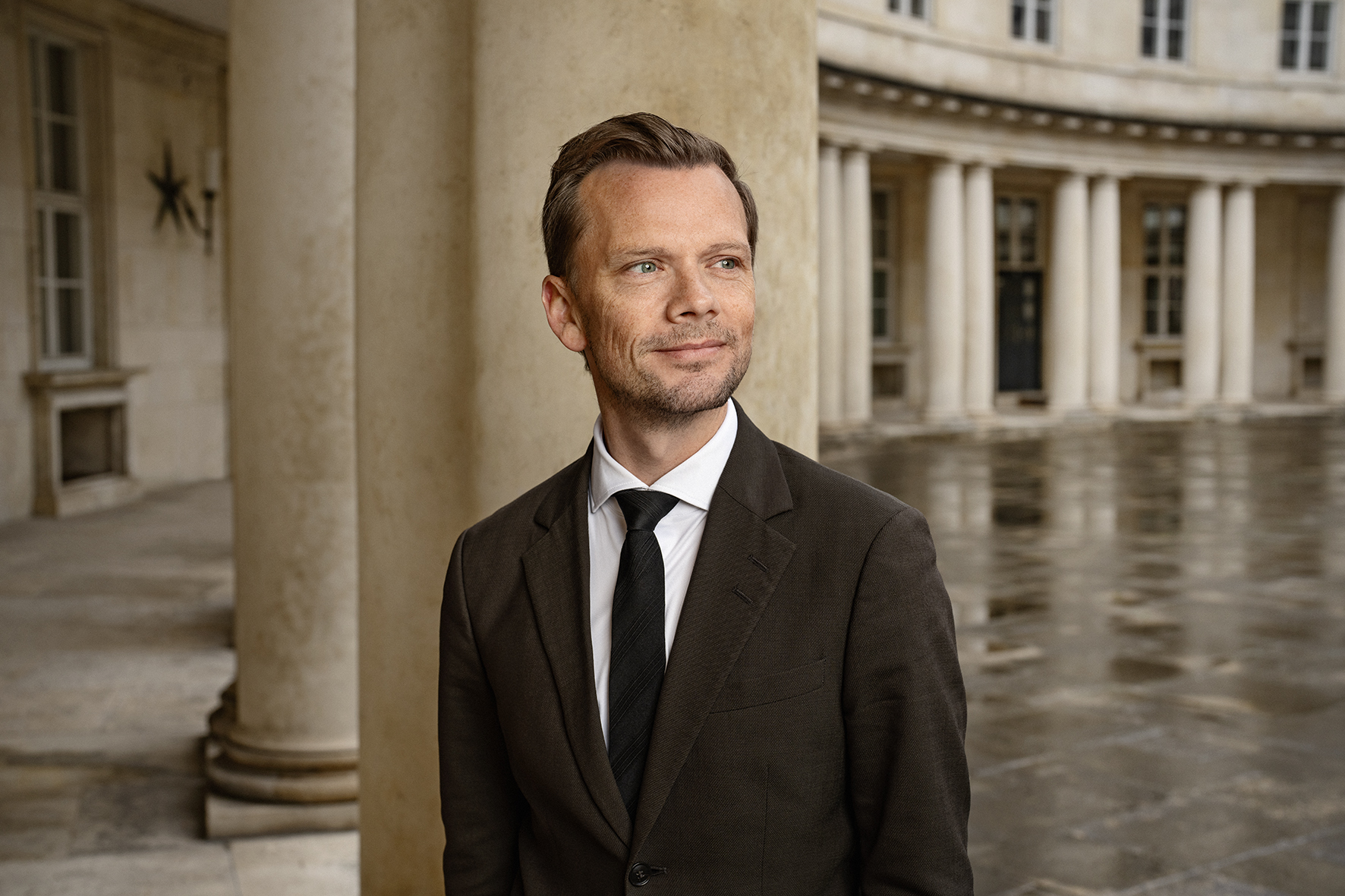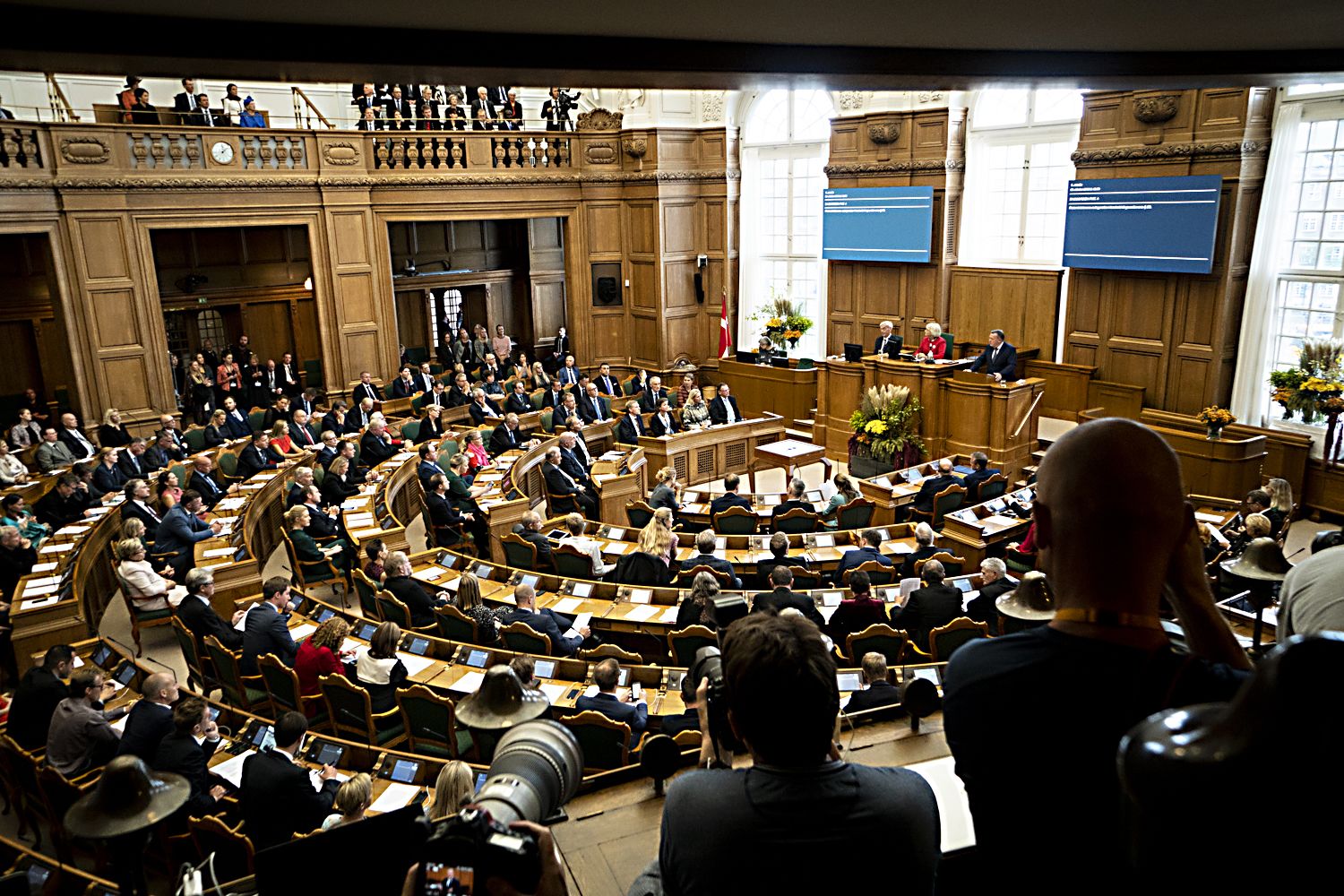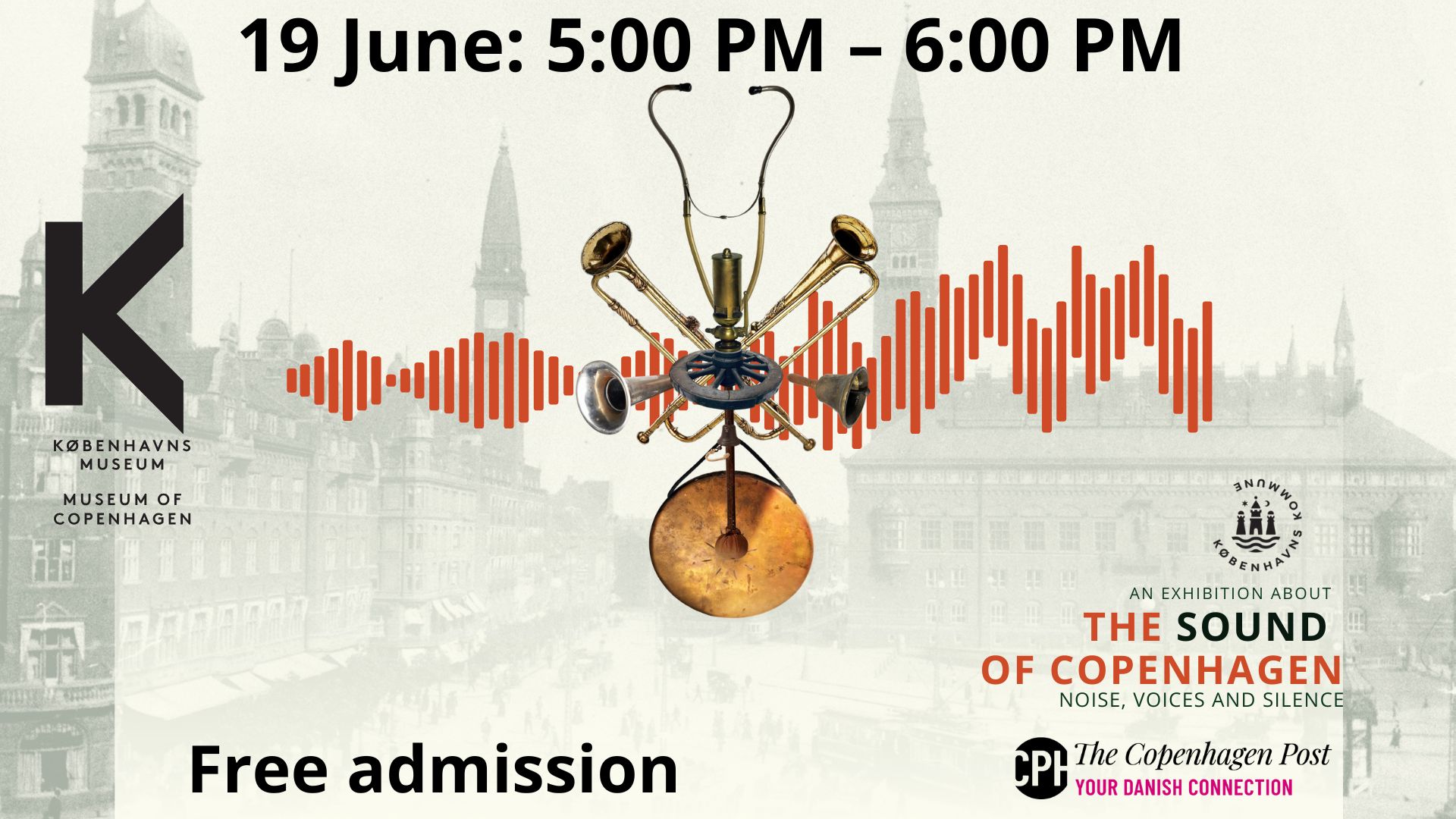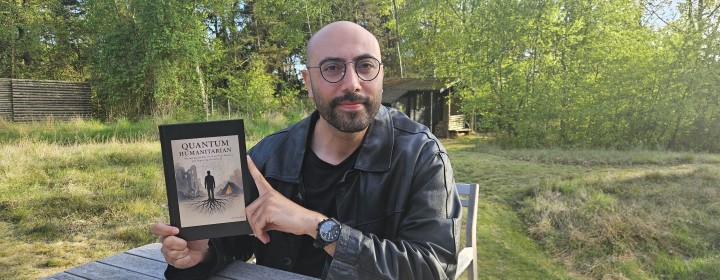The Danish Royal Theatre’s take on Giacomo Puccini’s ‘Madame Butterfly’ is an exceptional rendition of the classic opera, but does not obscure the fact that the story itself is highly problematic in terms of cultural awareness and what defines appropriate depictions of orientalism.
Strong performances
Elizabeth Llewellyn’s portrayal of Cio-Cio San, better known as Madame Butterfly, was exquisite as she conveyed the personal anecdote of this geisha wife through her angelic vocals. Her beautifully layered singing reverberated through the entire room and made a world outside of her perfectly pitched notes seem obsolete.
Additionally, Gabriele Mangione’s and David Danholt’s depiction of BF Pinkerton was just as compelling with voices that unassumingly travel to the ears of the audience, allowing for a natural intertwining of the lovers’ voices in several duets.
In fact, every facet of the wider vocal performance was extraordinary as the opera singers were able to project their voices in ways that were at times powerful, subtle, and sentimental.
In the background, but no less worthy
Also worthy of wholehearted recognition was the beautiful set – a composition of painted waves, mountains, and dimly-lit pagodas that visually transports the audience into the 20th century Japan the scenery was mimicking.
Also providing a formidable background was the music provided by the orchestra: powerful but understated melodies that filled the Copenhagen Opera House this past Sunday.
Troubled by the tropes
With this being said, my primary critiques of this opera do not concern the performance itself, but rather the story.
While it is a gripping tale describing the age-old struggle of a disenfranchised woman trying to maintain a romantic relationship with a man in a position of privilege and power, the story is uncomfortable viewing as it fettishises orientalism.
I could not help but question the faces that were behind the traditional geisha attire and the fact that Japanese culture was represented by nothing more than tropes.
Regardless, these are issues that extend into topics other than musical performance and there is no doubt that Danish Royal Theatre’s rendition of ‘Madame Butterfly’ more than exceeded in these regards.

